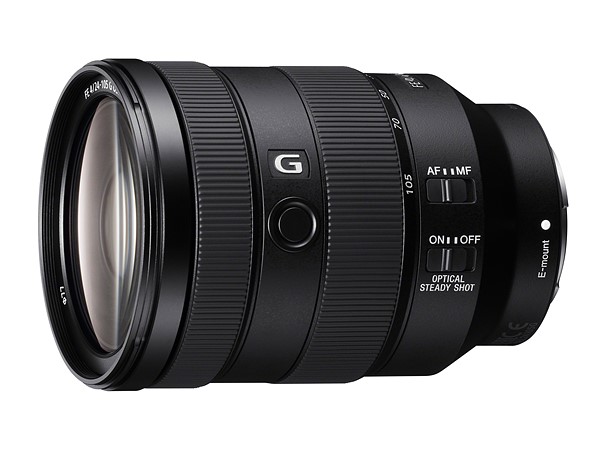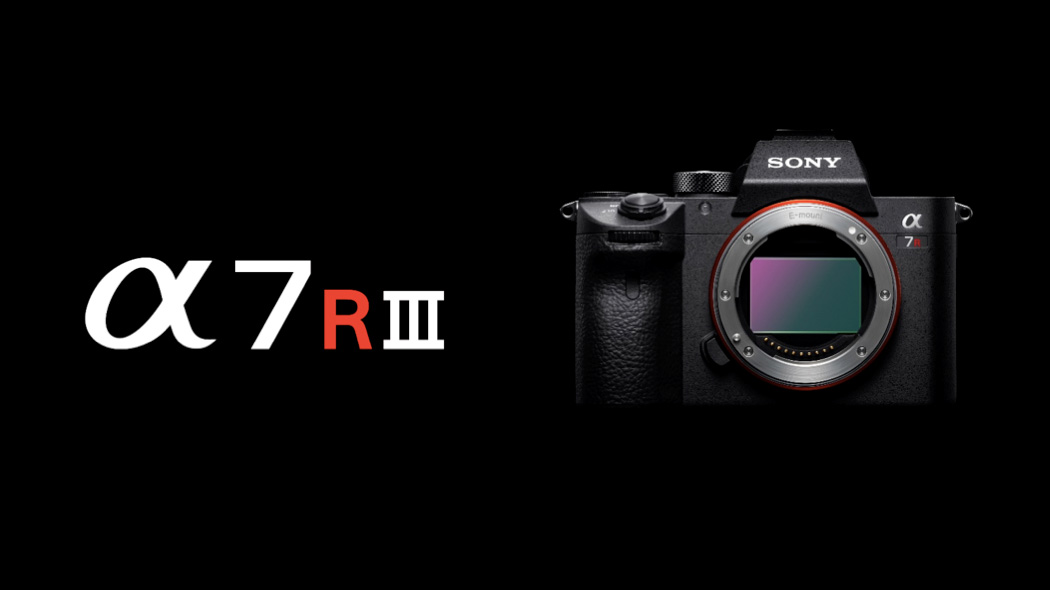Blog, E-Mount Cameras, Reviews
The Sony A7RIII (A7RM3)
A7RIII
The wait was finally over – On October 25, 2017, Satoshi Hatano (General Manager of Digital Imaging Japan) announced the Sony A7RIII (A7RM3) in Sydney at 5.30 pm local time. The announcement ended speculation as to the precise model Sony had under wraps. The A7RIII appears, on first glance, to be a hybrid between the A7RII and A9 cameras. It features the larger battery, improved EVF and dual card slot of the A9. But for the lovers of high IQ it retains the high-resolution sensor of the A7RII but with improved dynamic range. This promises a noise floor lower than anything we have seen before. This will offer huge benefits for those photographers who often find themselves shooting in high or extreme-contrast situations.


This camera is probably suited to those photographers who admired the specifications of the A9 but would miss the nearly 8K resolution of the A7RII. At 10 frames per second it is no slouch for such an ultra high-resolution camera and acquires most of the AF speed of the A9. The A7RIII has the added benefit that it can do this using either the electronic shutter (with or without the silent option) or a newly improved mechanical shutter. The A7RIII has the Continuous Shooting Lo, Mid, Hi and Hi+ options that we have seen previously on the A6300 and A6500 cameras. The Hi option at 8 frames per second in live view mode offers real-time subject tracking with minimal viewfinder/monitor display lag but with black-out between the frames. This would be the choice for panning quickly moving subjects even though the Hi+ offers zero blackout as this Hi+ option will incur display lag. The A9 with zero blackout and live view tracking is still unique in their regard.

Specifications
The new A7RIII features dozens of improvements over the incredibly successful A7RII but the most important differences are as follows:
- Larger Z-Series battery, dual memory card slot (with a fast UHS-II slot) + improved EVF (Quad VGA OLED) with a 2X brighter view
- 42.4 megapixels (same as A7RII) with 15-stop dynamic range at low-sensitivity settings
- Improved 5-axis optical in-body image stabilization (IBIS or ‘Steadyshot Inside’) with a 5.5 stop shutter speed advantage (up one stop from the A7RII)
- Option for Pixel-Shift Multi Shooting (watch the second movie below to learn about this new feature).
- USB-C Port (USB 3.1)
- 10 fps Continuous Shooting (using either the mechanical or electronic shutter) – 8 fps in Continuous Hi with Live View (required when panning the camera to capture quickly moving subjects)
- 14 bit RAW format in Continuous Shooting
- Buffer Capacity: 76 Compressed Raw or 250 Compressed Raw in APS-C mode (18 Megapixels)
- EV –3 (can find focus in half the ambient light needed by the A7RII)
- Tenacious AF performance inherited from α9 (including Eye-AF performance)
- The ability to use Eye-AF with non-native lenses (lenses attached via lens adapters)
- 4K Movies with S-Log2, S-Log3 plus a new HLG (Hybrid Log-Gamma) picture profile with Touch Screen control over AF.
- Improved menu design including the new ‘My Menu’ area where the user can store their most used memory items for fast access.
Purchase the A7RIII camera from Sony Australia: a7RIII with 35mm full-frame image sensor (Body only)
Sony released a movie explaining the principle of Pixel Shift Multi Shooting for those who are not familiar with the principle. It is suitable only for static subjects such as would be produced by Studio Still Life photographers + architecture and maybe Landscape so long as nothing movies between the four frames needed to collect all the information required to post-produce the information rich images.
In a “normal” digital capture each pixel represents just one color: red, green, or blue. The surrounding pixels are used to supply the necessary extra information required to interpolate and reproduce the remaining two primary colors. Pixel Shift Multi Shooting, however, composites four pixel-shifted images so that each of the sensor’s 42.4 million effective pixels can represent red, green, and blue values simultaneously. Extra interpolation becomes unnecessary so the data from the sensor can be directly synthesized to recreate the final colors. The result is unprecedented reproduction accuracy and detail for true-to-life textures.

FE 24-105 F4 G OSS
The camera was launched with the announcement of a new FE 24-120mm F/4 G OSS lens with some impressive specifications (low weight and exceptional sharpness).
Purchase the FE 24-105 F/4 G from Sony Australia

Purchase the A7RIII camera from Sony Australia: a7RIII with 35mm full-frame image sensor (Body only)
Gallery of Images: Link to Ultra HD Images captured with the A7RIII
Link to Sony A7RIII Webpage
What the media has to say
“The sheer capability of the Sony a7R III is hard to overstate. With the sports-oriented a9, Sony was aiming for outright speed; the a7R III has inherited much of that, but offers far more resolution and dynamic range. Like the Nikon D850, the a7R III is a camera that you can shoot just about anything with, from landscapes to fast action.” dpreview November 22, 2017
Gold Award

Ultra-HD gallery of A7RIII Images: https://www.flickr.com/photos/markgaler/albums/72157688433537104
Pingback: Announcing the new Sony A7RIII (A7RM3) – Art of Portrait Photography